In large-scale steel construction, every detail carries weight, literally.

In large-scale steel construction, every detail carries weight, literally.

No matter what kind of job you’re tackling, the tool in your hand makes a difference.
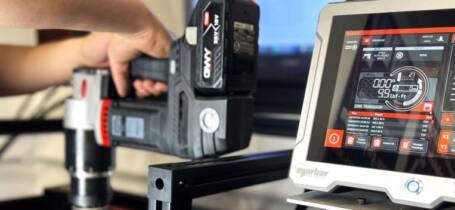
When it comes to tightening bolts with precision, a torque wrench is the tool you trust to get the job done right.
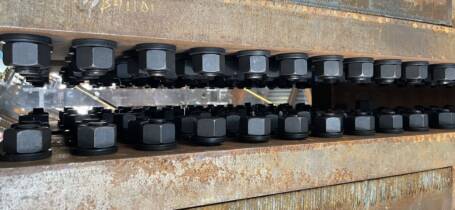
In structural bolting applications, “minimal clearance” refers to the limited space available around a fastener or component, which make…
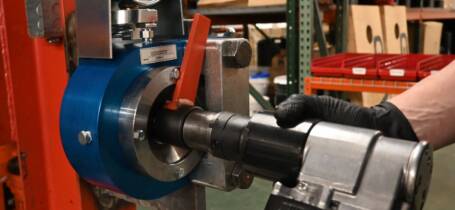
Anyone that utilizes shear wrenches for installing tension control (TC) bolts knows that these wrenches lack a reverse function.

Bridge construction is among the most hazardous jobs in the construction industry, with workers facing significant risks from heights, heavy…

Special thanks to Bill Germuga, General Manager of St. Louis Screw & Bolt, for providing his expertise for this piece.
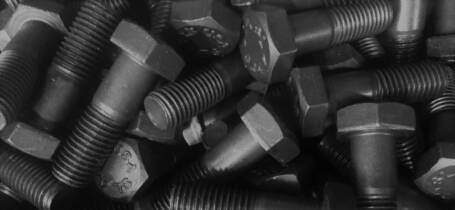
Choosing the correct thread pitch is crucial in mechanical engineering and manufacturing.

As the demand for intelligent and environmentally friendly bridge infrastructure continues to rise, the importance of meticulous planning an…
![Your Guide to Pneumatic Vs. Electric Tools [and How to Choose]](https://www.gwyinc.com/wp-content/uploads/2024/05/Pneumatic-vs-Electric-Tools-455x210.jpg)
When choosing between pneumatic and electric tools for structural bolting applications, the decision goes beyond just power output.
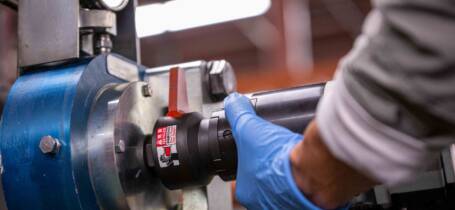
ROCAP (Rotational Capacity) testing ensures strength, durability, and reliability of bolt assemblies in structural bolting.
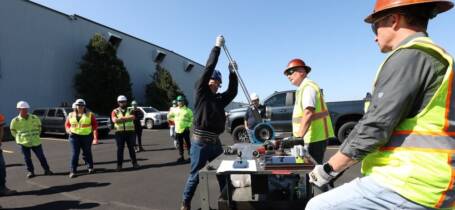
When assembling structural connections, achieving the right bolt tension is crucial for safety and performance.